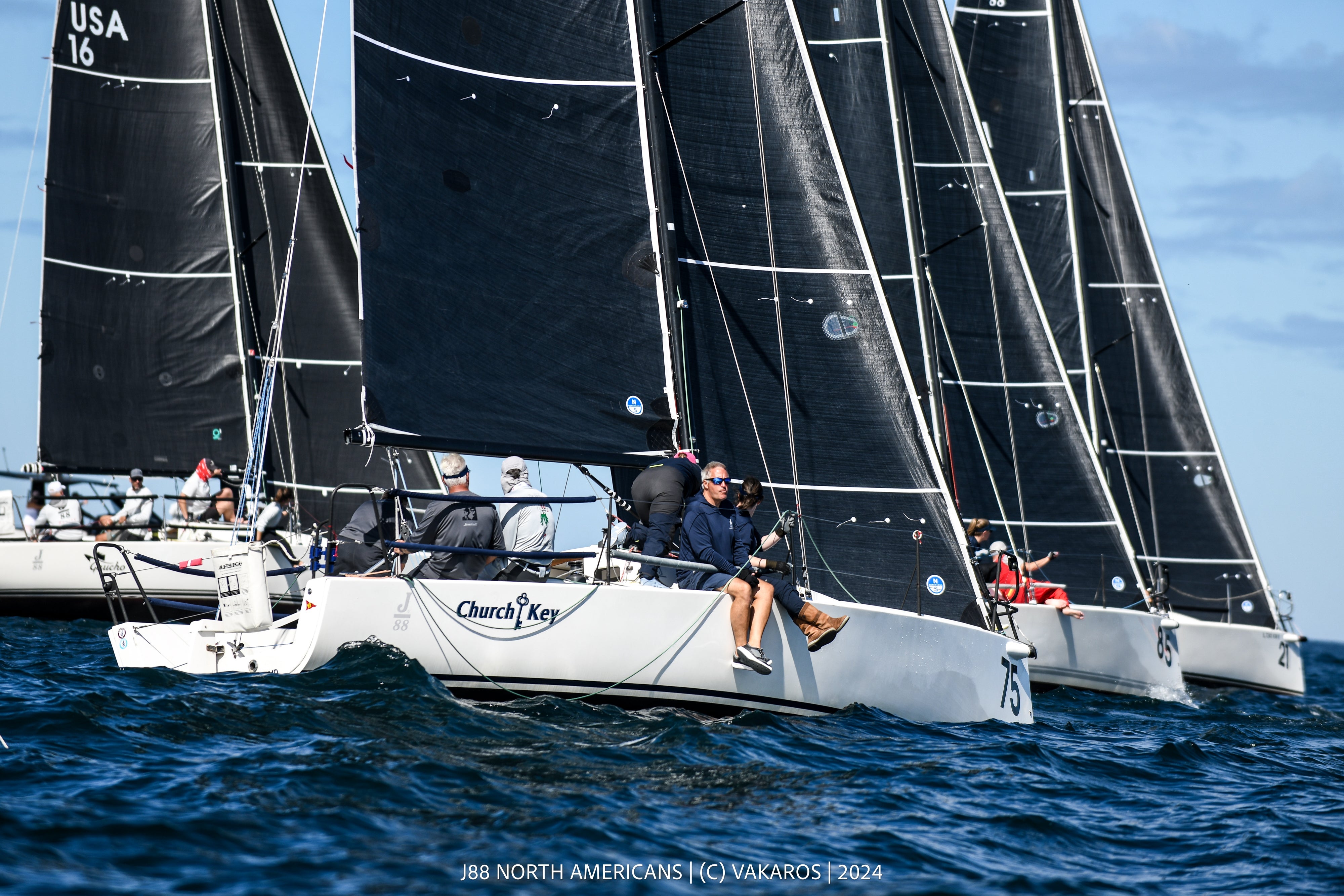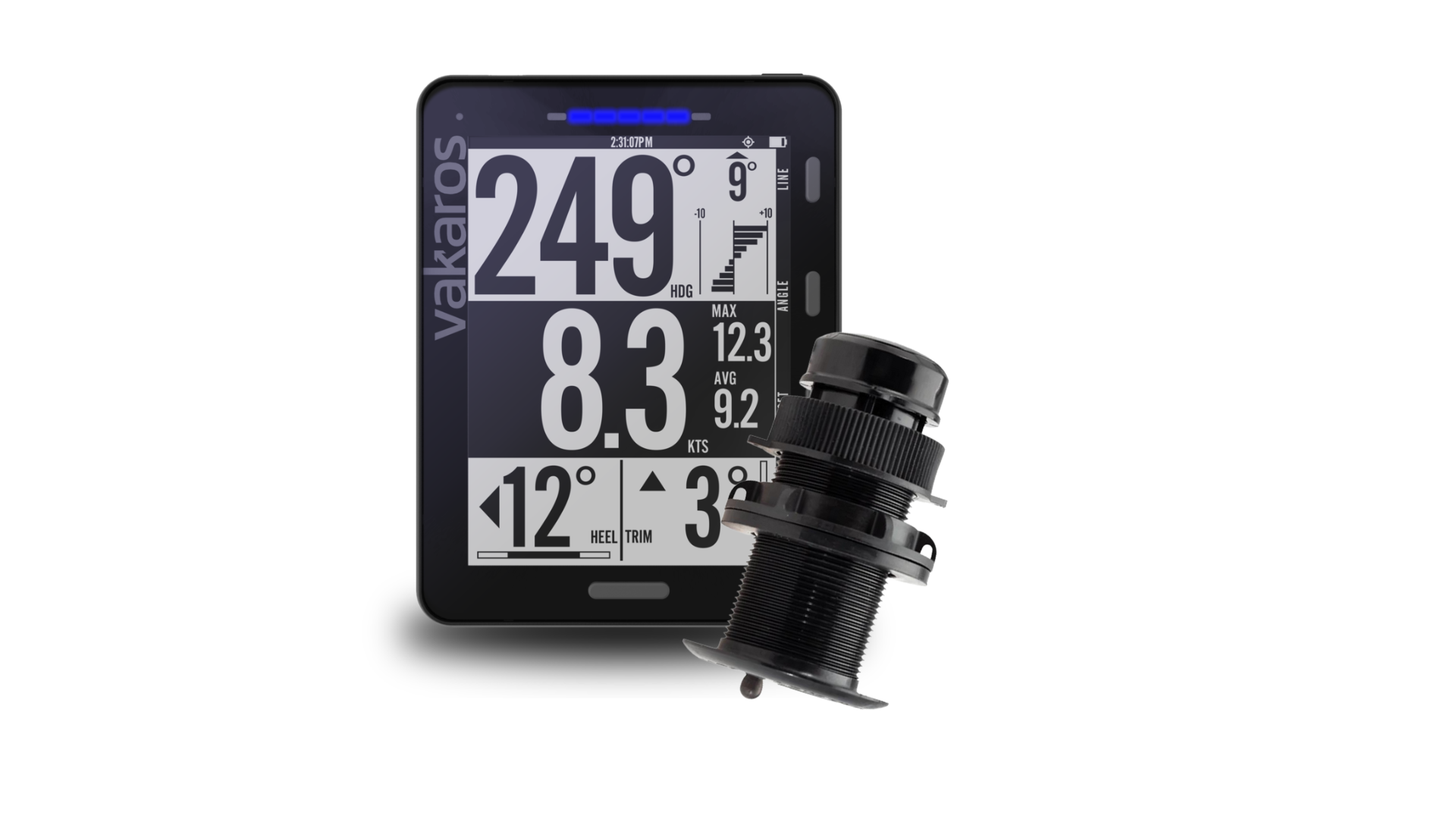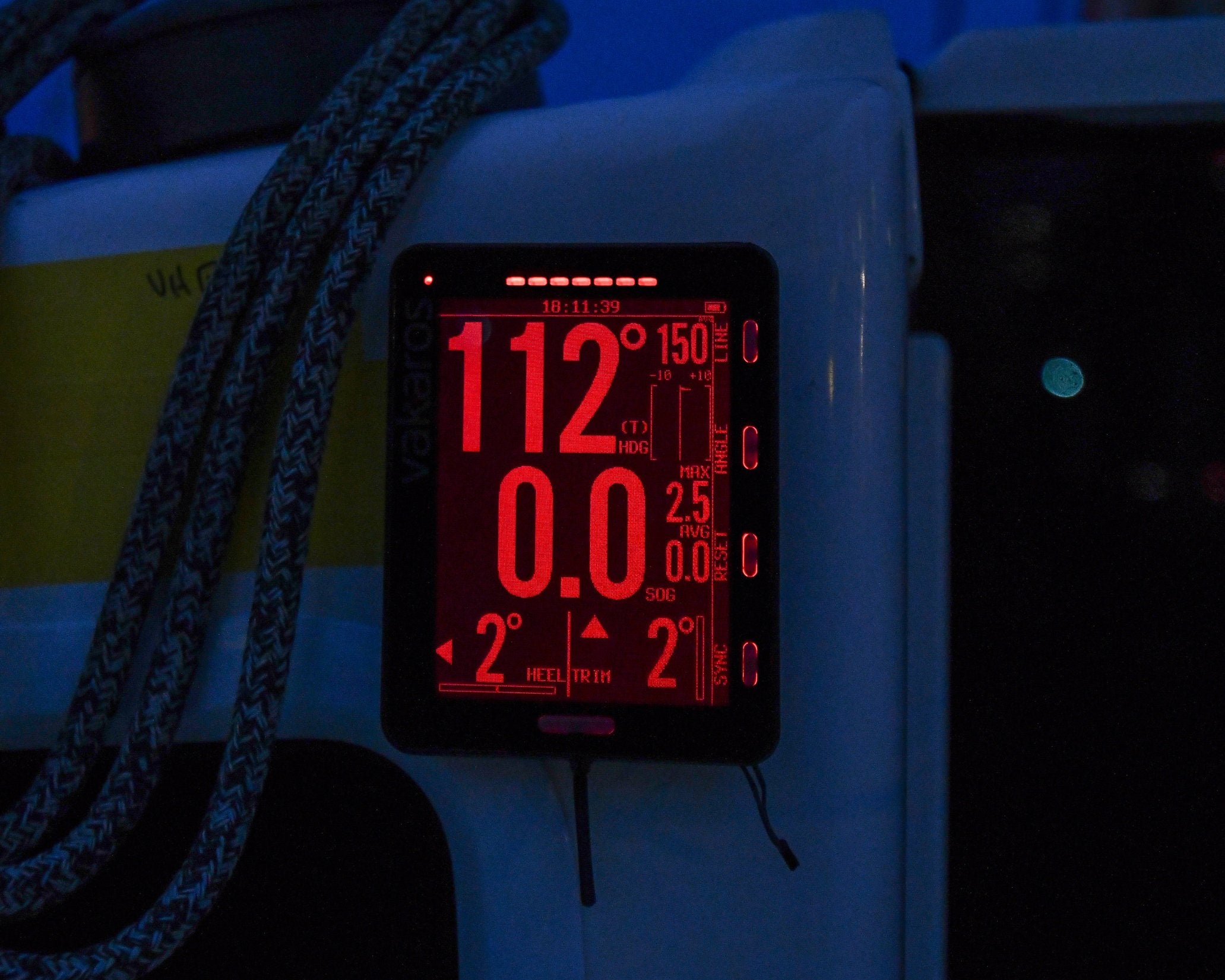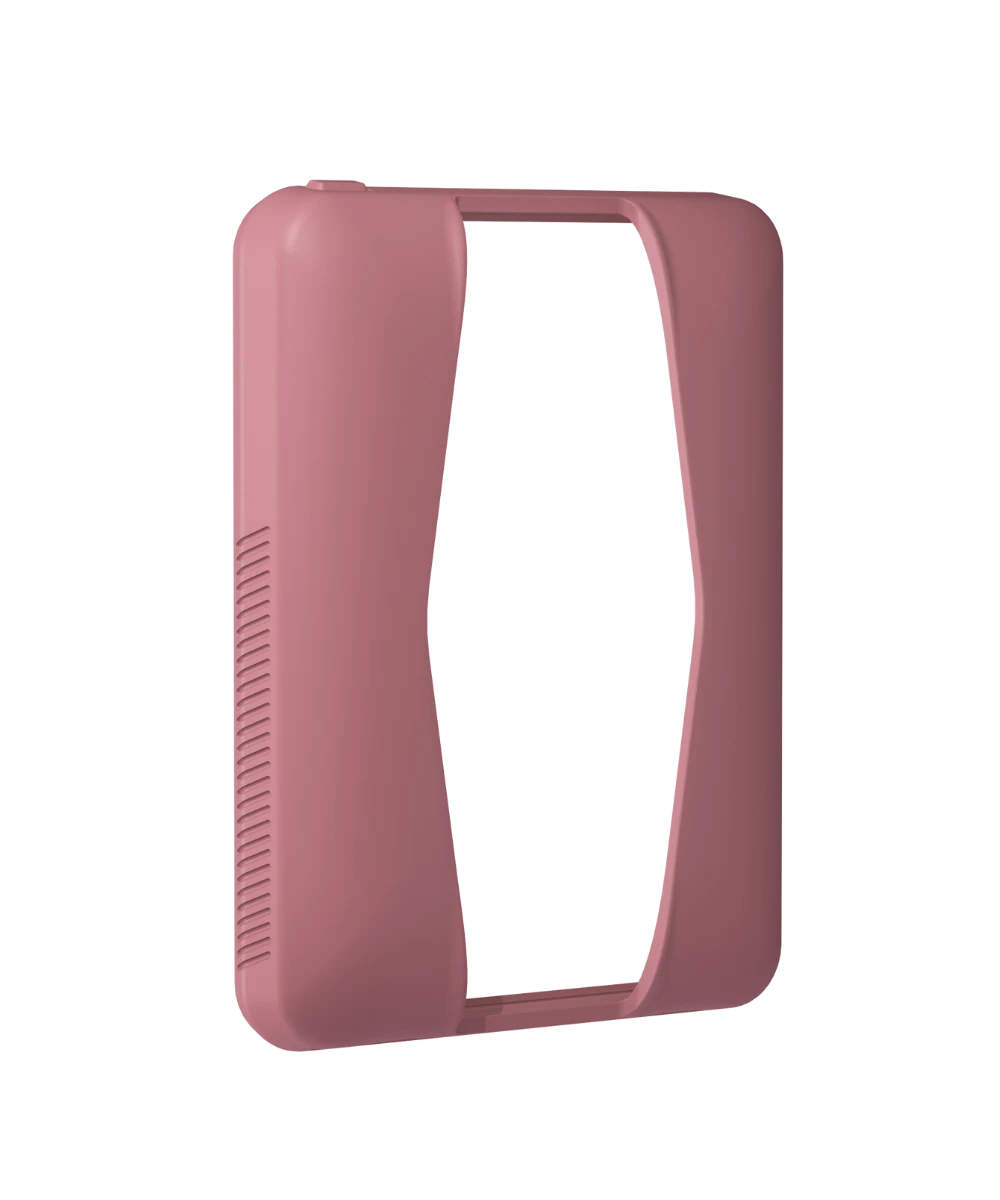RaceSense Accuracy Improves with Real-time Differential GNSS
Over the past two years, RaceSense has become the most widely used race management system in the world. It has been used at more than 400 events, in more than 50 different classes, from Optis to TP52s, and has made more than 50,000 start line determinations. As a system, RaceSense has evolved and improved substantially over that time, becoming more accurate, easier to use, and with a wider range of features, including the ability to run multiple fleets simultaneously from a single Race Control tablet. Today, we’re excited to officially announce that Real-Time Differential GNSS (RTDGNSS) is now available at all RaceSense events, seamlessly providing increased accuracy with no additional cost or complexity for sailors or event organizers. Read on to learn more about what it is, how it works, and what it means for RaceSense.
Real-Time Differential GNSS (RTDGNSS) is a broad category of techniques which make use of real-time correction data transmitted from fixed reference stations with known positions. This provides improved positioning performance, especially when operating under less than ideal conditions. The GNSS receiver inside the Atlas uses this code-phase correction data to improve the accuracy and reliability of its own position calculation. Here, we’ve partnered with Swift Navigation to make use of their Skylark correction service. This makes using RTDGNSS easy, as RaceSense operators need only provide an internet connection to their Race Control tablet using a cell hotspot, Starlink, or similar solution, and do not need to deal with the added complexity of setting up or managing a base station. Correction data is continuously received by the tablet from the Skylark service and broadcast to the fleet via the highly reliable RaceSense mesh network, using the RTCM protocol. RTDGNSS is fully supported by every Atlas 2 and Atlas Edge and is available now at every RaceSense event with no additional cost.
What does this mean for RaceSense?
RTDGNSS enhances the positional accuracy of every Atlas instrument, helping to ensure consistent performance across a fleet, even under challenging conditions or when RaceSense mounting guidelines haven’t been strictly adhered to. In our internal testing, we’ve seen the 50% circular error probable (CEP50) decrease from 25 cm for an Atlas operating in a standalone capacity to about 15 cm with RTDGNSS, as illustrated in the plot below. More importantly, performance is maintained at or below 25 cm under a much wider range of conditions. This level of performance has been validated by others, even when using less optimized hardware than an Atlas 2 or Atlas Edge. In short, RTDGNSS makes RaceSense even more accurate than it already was.
 24 hour CEP50 Positioning Study of an Atlas 2 using RTDGNSS in a RaceSense Network
24 hour CEP50 Positioning Study of an Atlas 2 using RTDGNSS in a RaceSense Network
Of course, RaceSense development never stops, and we have a lot more coming over the next few months. Zone entry lights to inform sailors when they are in the zone around a mark are in beta test and we’re excited to make them available more broadly to events that want to use this feature soon. For classes that want accuracy beyond what RaceSense can provide with RTDGNSS, RaceSense RTK will be available this summer. This new performance tier uses Real-Time Kinematic GNSS, a slightly more accurate type of DGNSS that utilizes carrier phase correction data. RaceSense RTK is supported by the new Atlas HALO RTK receiver, and is capable of delivering the same 1 cm positional accuracy as the systems used by SailGP and the America’s Cup. As part of our commitment to affordability, we’ve worked hard to ensure cost isn’t a barrier to even this level of performance, and as a result, HALO is priced at just $599. Want to see RaceSense at your next event? Get in touch.












